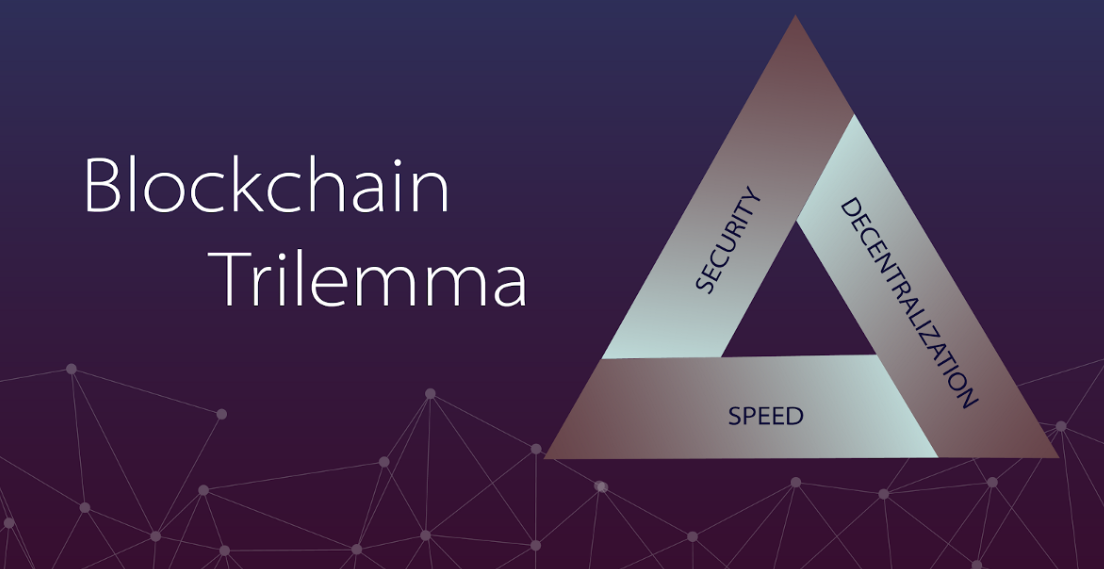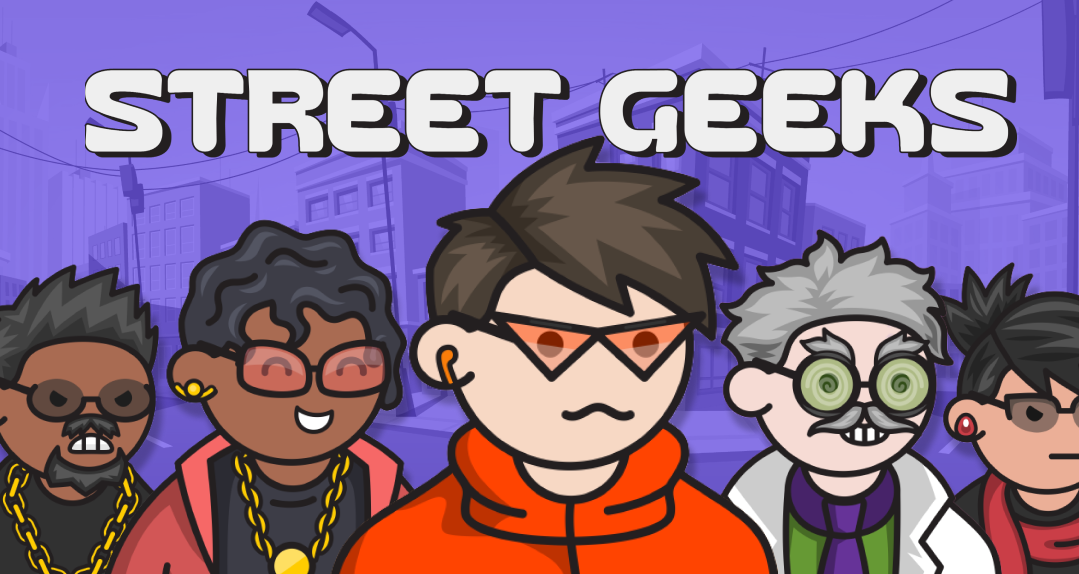What Is bZx Network? bZx is a decentralized protocol for margin trading, lending, staking, and yield farming. Its system works through the use of iTokens and pTokens, and it uses oracles to bring price data into its system. As its users gain iTokens and pTo tokens, they will be rewarded with yields.
bZx is a decentralized protocol for margin trading, borrowing, lending and staking
The bZx Network is a decentralised protocol (DeFi) built on Ethereum that focuses on lending and margin trading. The team behind bZx developed the concept back in August 2017, and the protocol was launched later that year. Currently, it utilizes tokens called pTokens and BZRX to facilitate the lending process. It is expected to launch its trading platform called Fulcrum in June or October this year.
The protocol offers users a fixed interest rate for a loan. This is in contrast to the variable interest rates offered by most decentralized lenders. In addition, the fixed rate is tied to the utilization percentage of Ethereum reserves. The bZx team aims to achieve 80% utilization rate, and when they hit that target, they raise the interest rate rapidly. This mechanism helps maintain proper supply and demand in the market.
bZx provides two front-ends for users to trade and lend bZX. These front-ends are free of charge and require no user registration. Using the Torque front-end, users can borrow pTokens without registering for an account. In addition, bZx doesn’t take custody of user funds, so users can use their own Ethereum wallets to deposit and withdraw funds.
bZx supports both Ethereum and Binance Smart Chain. Moreover, it supports a number of tokenized lending services. It has a low KYC requirement and minimal AML, and the users have complete control over the keys and assets. It also offers easy margin position management and liquidation. Its smart contracts have been audited by Certik and ZK Labs.
The bZx Protocol is built on the Ethereum blockchain and is a decentralized, flexible platform. It offers decentralized margin trading, lending, and staking, which can be performed using tokens. Its community-run structure also allows for the easy integration of bZx with existing exchanges. The community has the power to shape the bZx protocol through BZRX token holders.
It uses iTokens and pTokens
The bZx network uses iTokens and ptokens to provide liquidity on its platform. The iToken represents the user’s share of funds supplied to the system by lenders. It also provides a way to earn interest on the money that is held in the liquidity pools.
These tokens represent an interest-bearing loan, which is a way of lending funds on the platform. They are tradable and can be redeemed for due funds. iTokens are ERC-20 compliant assets. Depending on their asset underlying, they are named iLINK, iBAT, iREP, or iETH.
The bZx network uses iTokens and ptokens to enable lending and margin trading on its platform. The platform supports margin trading and non-custodial lending without KYC or verification. The system also supports leveraging ERC-20 assets. It offers a smooth and easy-to-use trading experience. It automatically renews positions and does not charge rollover fees.
iTokens and pTo tokens are ERC-20 assets that function similar to iTokens. The iTokens are used to hold long and short positions. iTokens also earn interest and can be exchanged for the original funds plus the interest. The pTokens are traded on certain DEXs and the bZx.
In February, a hacker successfully attacked the bZx network. The attackers took 2,388 ETH from the exchange. Fortunately, the bZx team made upgrades to its protocol to mitigate the risk and protect the users.
It uses oracles to bring price data into its system
To ensure that the price data coming into the system is up to date and accurate, bZx uses Oracles. An oracle is a trusted third-party source that fetches data from external sources and makes it available on-chain. It is important to select the right oracle to avoid the risk of losing valuable data.
The bZx Network is one of many cryptocurrencies that uses this technique to bring price data into its system. It relies on miners to validate the oracle prices. The system uses a weighted median voting algorithm to reward miners that report prices within one standard deviation of a chosen median. If the price falls outside this range, miners are rewarded with a lower stake. However, this could encourage collusion.
In addition to using Oracles, bZx Network also uses data feeders to gather price data. These are software applications that pull data from a source and report it to an oracle. Data feeders can use the information from other feeds to minimize the cost and penalties. To avoid this situation, the oracles should have mechanisms in place to ensure that the data is confidential.
To mitigate such risks, the bZx network has implemented a failsafe system that automatically collects 10% of the interest that lenders earn and aggregates it into a fund for its investors. These pools contain an insurance fund to deal with any potential fraud. In addition, bZx is using a decentralized oracle network called Chainlink to bring price data into its system.
Oracles are critical for decentralized exchanges, allowing them to bring data in a secure manner. They are a necessary component of a decentralized blockchain ecosystem. Oracles use multiple methods to gather data and verify its authenticity. For instance, in order to make a prediction market, Oracles use weather data from reputable institutions such as the National Climate Data Center.
It offers yield farming to its users
Yield farming is a great way to profit from crypto assets. Those who can do it fast will earn large amounts of token rewards. They can then sell the tokens at a higher price, or reinvest the profit in another project. However, yield farming requires a large capital investment, often hundreds of thousands of dollars.
Yield farming works by rewarding users with ERC-20 tokens, a form of cryptocurrency based on Ethereum. Users of these tokens are rewarded with a portion of their earnings, usually in the form of that token. DeFi was created on Ethereum, and most of its activities take place within its ecosystem. While the concept of yield farming is relatively new, some experts believe it is here to stay.
Yield farming allows users to reap the rewards of high-yield loans, conversions, and investments. This allows them to easily access high levels of liquidity. The high liquidity is then leveraged with well-placed loans, investments, and conversions. This can help yield farmers make big profits quickly. There are many different platforms that offer yield farming opportunities.
Yield farming is a powerful token distribution model, which rewards early contributors. However, it has its downsides. The practice has pushed organic users off the network, and has created opportunities to “game” the system. While this method of generating profit from crypto is legitimate, it is not without risk.
Yield farming has become popular over the past few months, and a few copycat projects have begun to abuse it. Because yield farming is open-source, anyone with an engineering background can replicate it. As a result, yield farming is a risky business with great potential.
It has suffered three hacks in the past year
The bZx network is a decentralized finance platform that enables users to lend and borrow cryptocurrency. However, the site recently suffered three hacks in the past year, putting its users’ funds at risk. In one of the attacks, the hacker used an exploit known as’spear-phishing’ to obtain two private keys from a bZx employee. According to security firm Kaspersky, this hack has been linked to a North Korean hacking group called BlueNoroff, which has a history of targeting cryptocurrency exchanges and decentralized finance platforms. The hackers used a vulnerability in the bZx protocol to duplicate 219k LINK, 4.5k ETH, 668k DAI, and $8M worth of bZx tokens.
In September, bZx was hacked again shortly after it relaunched. But co-founder Kyle Kistner is optimistic about the network’s recovery. The hacker was found through blockchain analytics, and bZx was able to retrieve all of its users’ funds.
The bZx hack is the latest in a long line of on-chain hacks. The third attack was responsible for the theft of about $8 million worth of cryptocurrency. The second and third attacks resulted in $630,000 and $350,000 respectively. However, the bZx smart contracts were not affected and the money remained safe, which is good news for investors.
A developer of the bZx network’s exchange received a phishing email containing a malicious macro hidden in a Word document disguised as a legitimate email attachment. This malware was able to infect the developer’s computer and compromise his personal mnemonic wallet phrase. The hacker then emptied the developer’s wallet and stole two private keys. These private keys are necessary for integrating the bZx platform with the Polygon and Binance smart chains.
The bZx team immediately identified the vulnerability and restored service to users. Unfortunately, the hacker has yet to return the stolen funds. This hack also affected the Polygon chain, which is used for margin trading.




